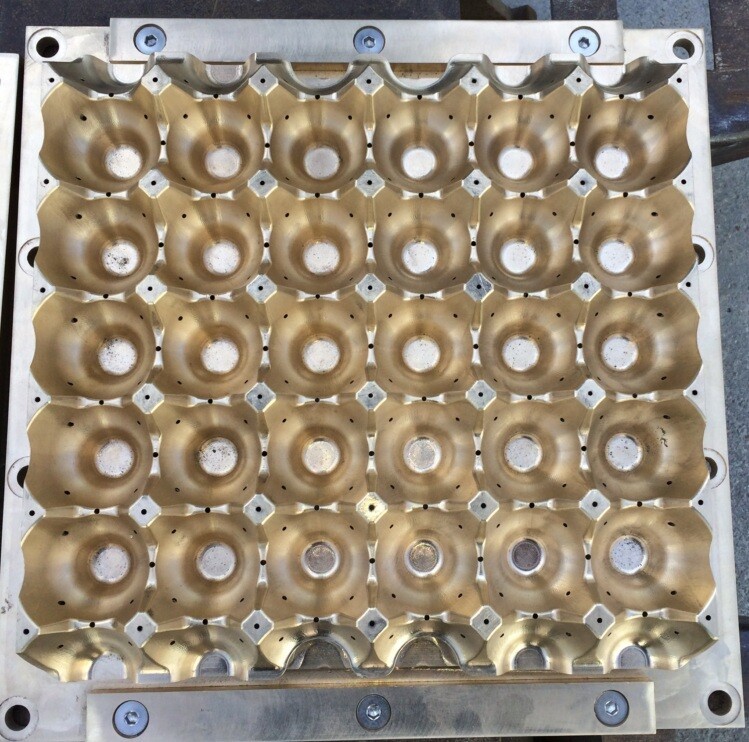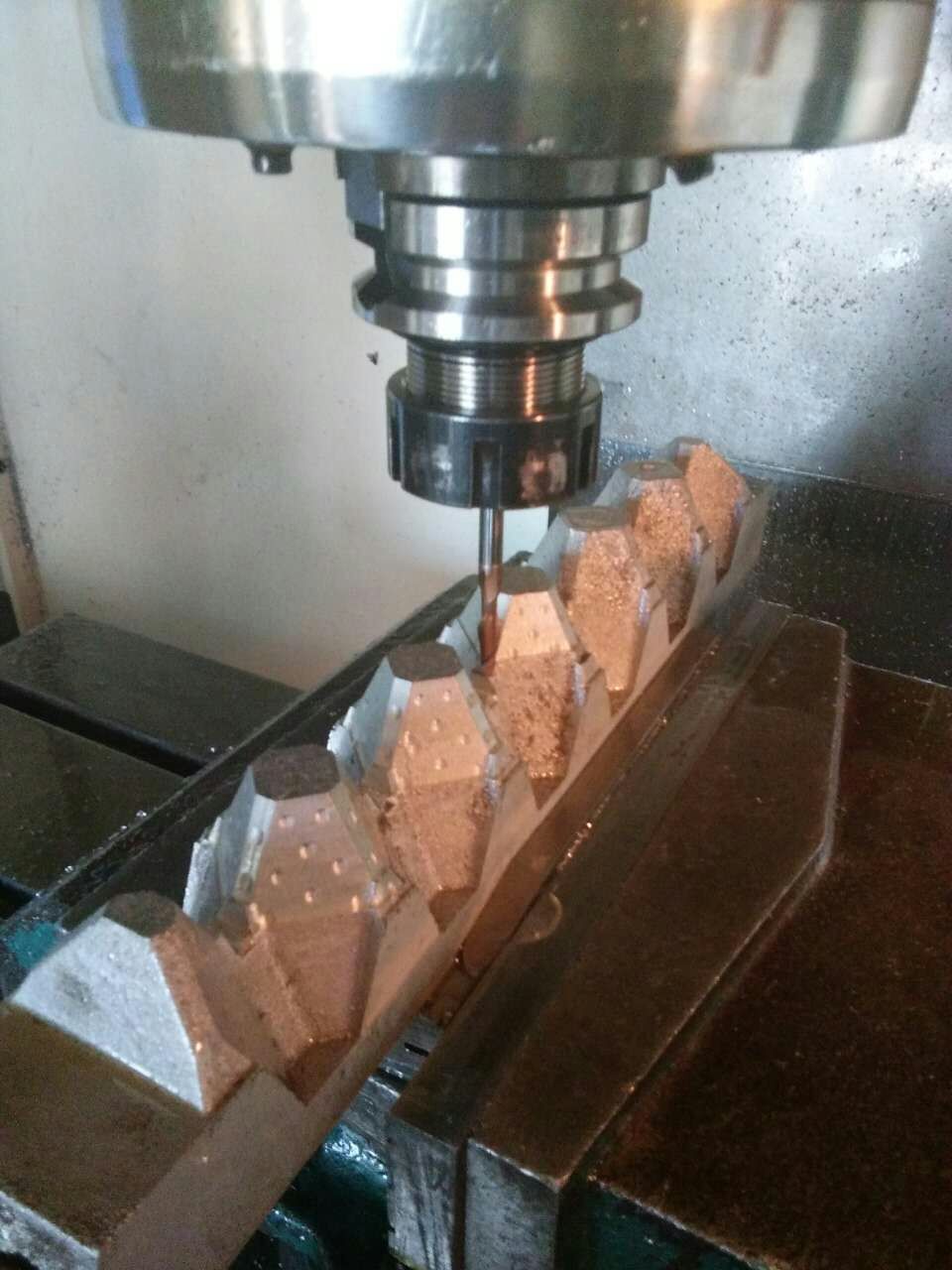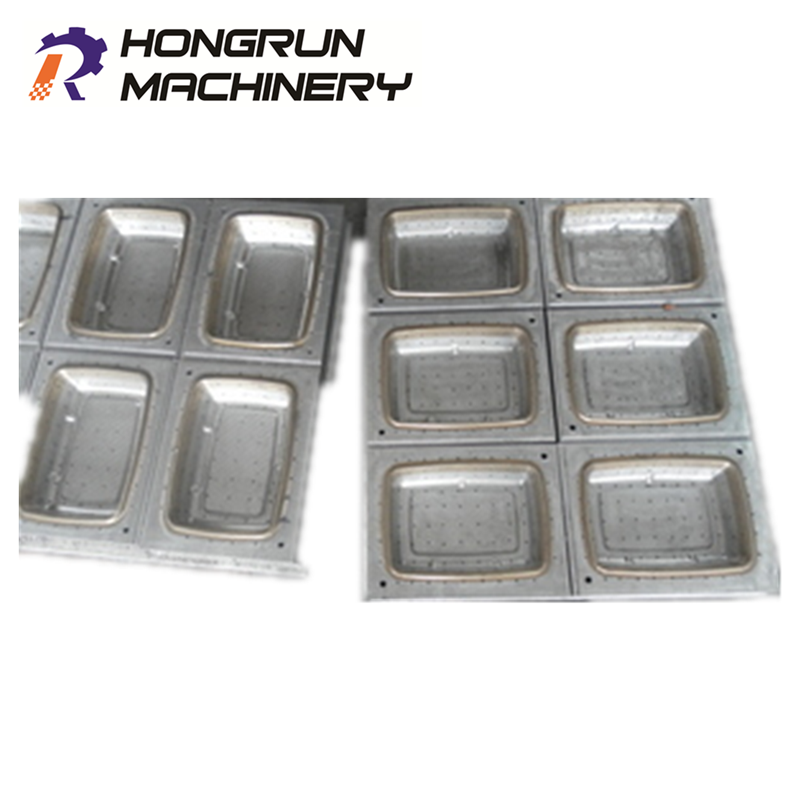PRODUCTS
PRODUCTS
Pulp molded products molds
Analysis of Mould System for Pulp Molded Products


1. Mold classification and function
According to process stages
Molding die: used for the preliminary shaping of wet paper blank, the product prototype is formed by vacuum adsorption or press molding process, and the adsorption molding needs to be matched with a net mold to support fiber distribution.
Setting mold: the wet paper blank is heated under pressure (120-180℃) to evaporate water and improve strength. The mold needs to be equipped with drainage holes and heating elements.
Die-cutting die: trimming the edge burr of the product to ensure the appearance of the finished product is regular, which can be divided into two ways: flat cutting and ring cutting.
Divided by molding method
Adsorption molding die: it contains punch, die, net die and air chamber, and forms a three-dimensional structure by vacuum adsorption of fiber slurry, which is suitable for complex geometric shapes (such as yarn shafts and paper cups).
Press molding die: similar to rubber plastic die, it is directly molded by mechanical pressure, with high production efficiency but slightly lower precision.
2. Key points of mold core design
Functional structure
Design of cavity and vertical bar: the cushioning performance is improved by honeycomb or corrugated cavity, and the vertical bar enhances local rigidity (such as the load-bearing part of heavy packaging).
Mesh mold configuration: Metal/plastic wire woven mesh mold (wire diameter 0.15mm) covers the surface of the mold to ensure uniform fiber adsorption and water filtration.
Technological structure
Shrinkage compensation design: according to the drying shrinkage of wet paper blank (about 10-15%), adjust the die size to avoid warping and deformation of finished products.
Split structure: the complex mold adopts detachable components, which is convenient for maintenance and replacement (such as multi-cavity fruit tray mold).
3. Material and manufacturing requirements
Mould material
Steel/aluminum mold: high-precision requirements (such as electronic component lining) use steel, and light tableware molds use aluminum alloy to reduce costs.
Stainless steel material: food-grade packaging mold should meet the hygiene standards, and the surface should be polished to prevent fiber adhesion.
Manufacturing standard
Precision control: the mold processing error is ≤0.1mm to ensure the dimensional stability of finished products (such as the sealing of medical trays).
Surface treatment: chromium plating or spraying anti-sticking coating on key parts to prolong the service life of the mold (especially in high-frequency production scenes).
4. Typical application cases
Adsorption molding die
Case 1: The cooling bracket mold of a certain brand notebook computer forms a honeycomb structure through vacuum adsorption, which has both buffering and cooling functions.
Case 2: The disposable degradable lunch box mold adopts split design to realize rapid demoulding, with a daily output of 100,000 pieces.
Press forming die
Case: The packaging mould for heavy mechanical parts can bear more than 50kg load through multi-layer pressurization structure, which meets the requirements of marine shockproof.
5. Development trend
Intelligent upgrade: integrate temperature and humidity sensor to monitor mold state and optimize molding parameters (such as adsorption pressure and drying time) in real time.
Application of composite materials: develop carbon fiber reinforced dies to improve durability and reduce energy consumption (especially high-frequency secondary production lines).
Through precision design and material innovation, pulp molding die has become the core tool to realize large-scale production of environmental protection packaging, and its technical iteration will continue to promote the development of paper-plastic products in the direction of high precision and multi-function.
Search Starts Here


